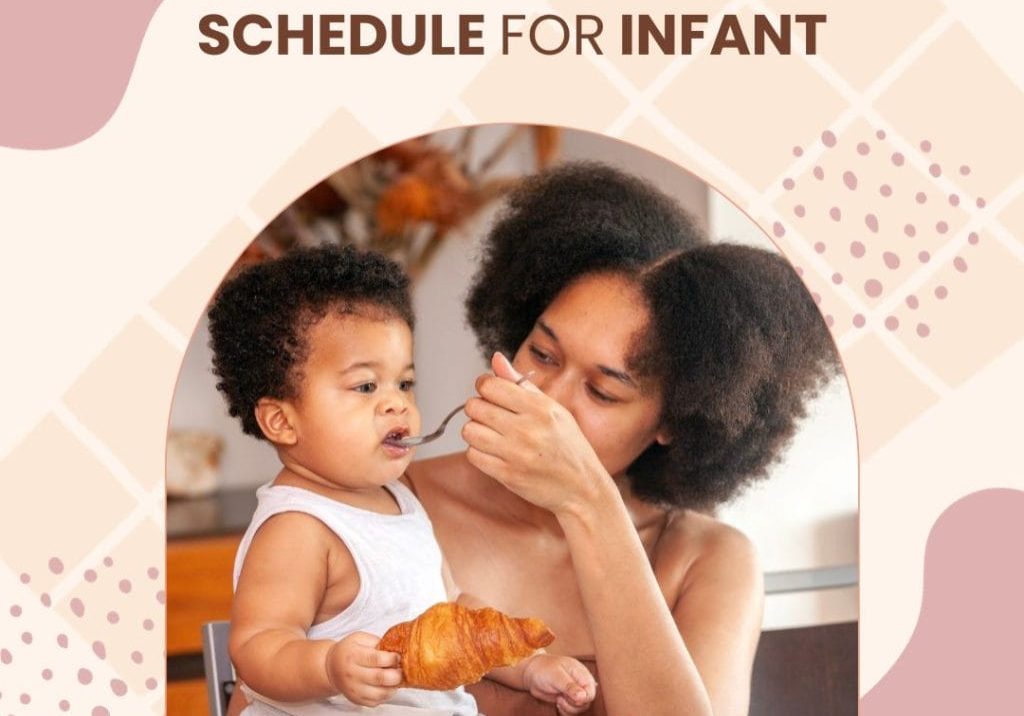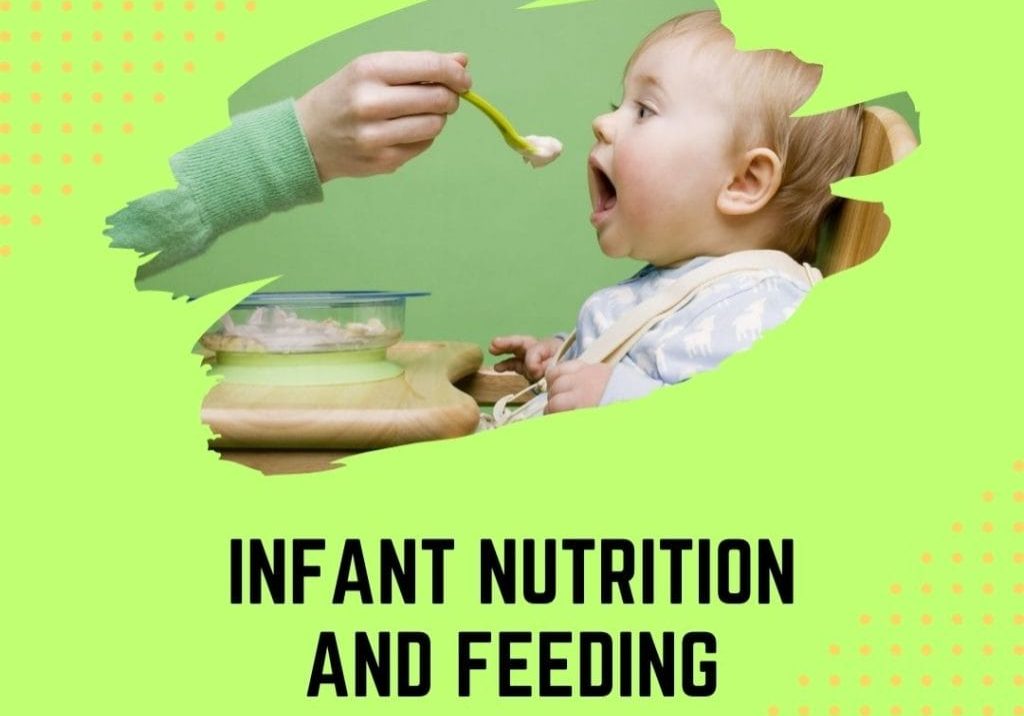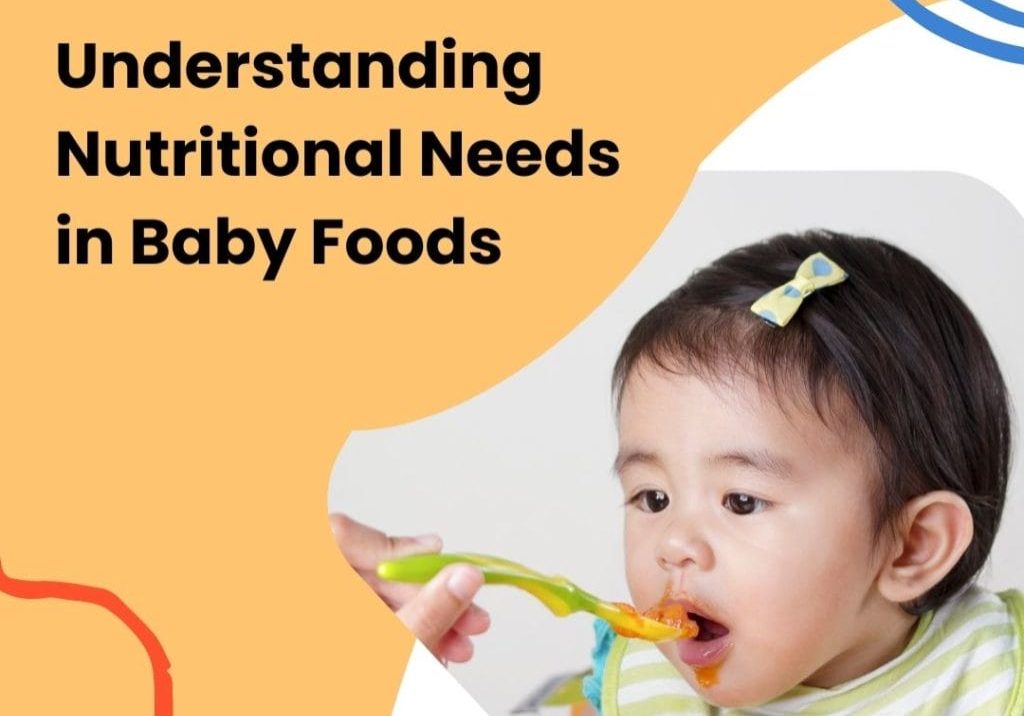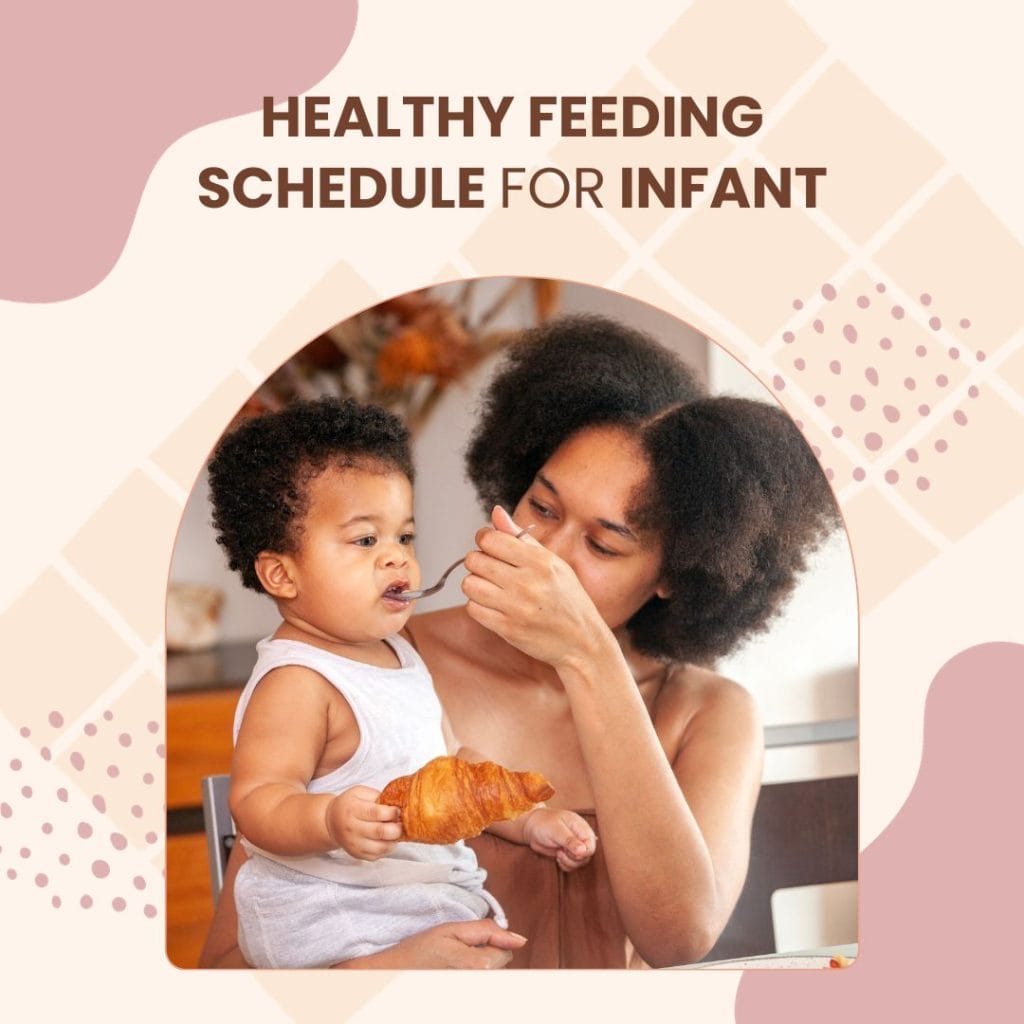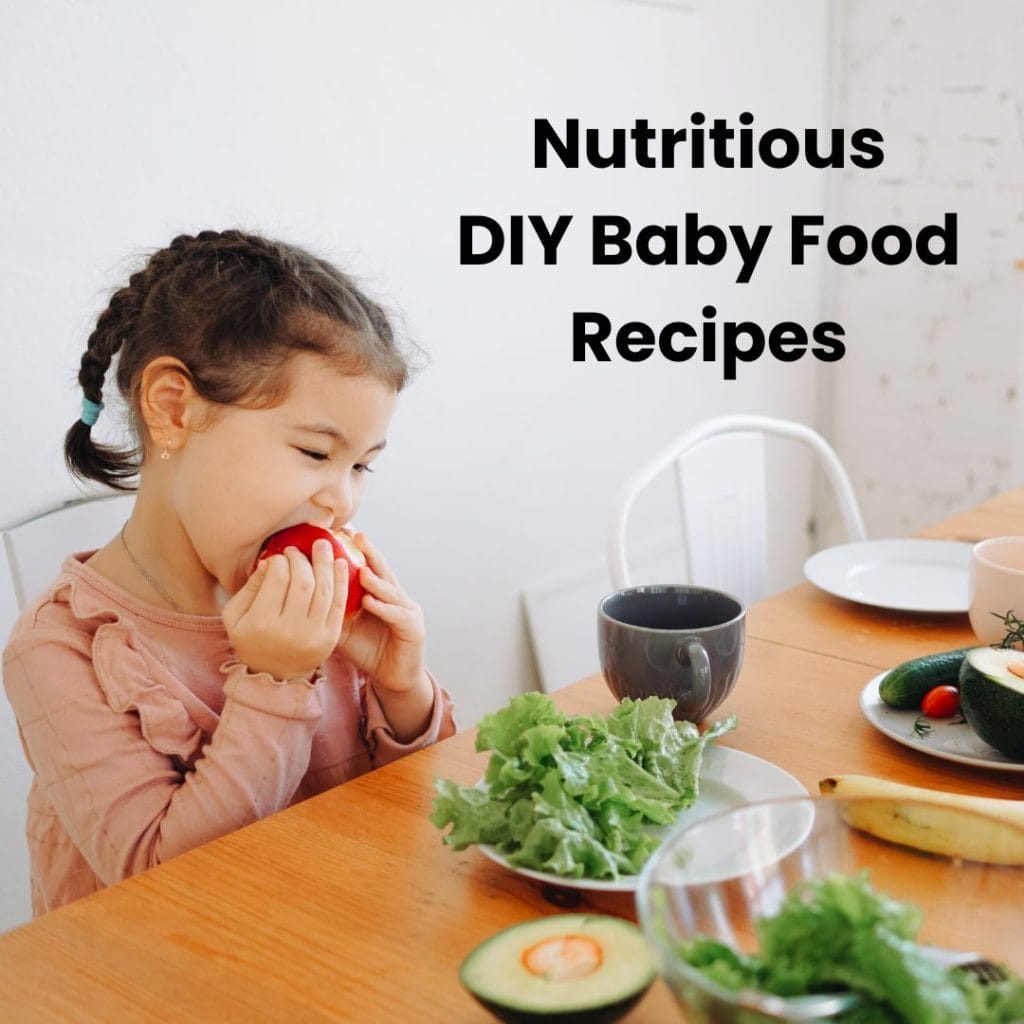Welcome to our comprehensive guide on making nutritious homemade baby food. As parents, ensuring your little ones receive the best nutrition is paramount, and what better way than to accomplish this than by preparing homemade baby food? This guide will teach you how to create healthy, cost-effective meals perfectly suited for your baby’s developing palate and nutritional needs. Enjoy the journey of introducing your baby to the world of flavors, starting right from your kitchen.
Guide to Making Nutritious Homemade Baby Food
Breastfeeding is highly recommended for exclusive use until your baby reaches six months of age. After this period, solid foods can be gradually introduced while continuing with breastfeeding until they are at least one year old. Make sure to consult with your pediatrician to determine the appropriate timeline for your baby to transition to solid foods.
Monitoring Food Reactions and Nutrient Intake
Keeping an eye on possible food reactions is crucial during this transition phase. Moreover, it’s important to ensure that the introduced foods are rich in essential nutrients such as protein, iron, and zinc.
Exploring Supermarket and Homemade Baby Food Options
Once your baby is ready for solid foods, you can find a variety of nutritious options in the supermarket, including iron-fortified cereal. However, homemade baby food provides an even wider range of choices. You can select from a variety of fresh fruits and vegetables, or consider using frozen veggies and fruits canned in their own juices.
Advantages of Homemade Baby Food
Preparing your own homemade baby food offers a myriad of benefits, which include:
- Variety of Flavors: Homemade baby food allows you to introduce your baby to a wide range of flavors, which can help develop their palate and instill a love for different types of food. This could foster an adventurous eating habit in the future.
- Control Over Ingredients: Preparing food at home means you get to decide what goes into your baby’s meals. This allows you to control the amount of added sugars and salts, ensuring you provide the healthiest food for your little one.
- Better Nutrition Management: With homemade baby food, you can carefully manage the nutritional content of your baby’s diet. You can experiment with different combinations of fruits, vegetables, grains, and proteins to ensure a balanced intake of essential nutrients.
- Cost-Effective: Lastly, making baby food at home can be more economical compared to purchasing pre-packed baby food from the supermarket. You can make large batches and freeze them for future use, saving both time and money.
Guidelines for Making Homemade Baby Food
If you decide to prepare homemade baby food, do adhere to the following guidelines to ensure that your baby gets the necessary nutrients in a safe and suitable manner.
Getting Started
Embarking on the journey of making your own baby food might seem overwhelming at first, but there’s no need to rush. An ideal starting point is to mash simple foods like ripe avocados or bananas that are both nutritious and easy to digest.
Once your baby shows a positive response to these, it’s time to experiment with nutrient-packed foods that aren’t typically prevalent in the baby food aisle. Consider fruits and vegetables like beets, broccoli, turnips, asparagus, spinach, blueberries, kale, mangoes, and papayas. These foods not only provide a burst of essential nutrients but also introduce your baby to a variety of flavors.
Ensure that these foods are mashed or pureed to an appropriate consistency for your baby’s comfort and safety. Also, it’s crucial to introduce only one new ingredient at a time to monitor any potential allergic reactions.
It’s advisable to utilize ingredients that are in season, or ones already being used in the family’s meals, but remember to exclude added sugars, salt, and seasonings for your baby’s portions. This approach will mean everyone in the family gets to savor the same nutritious ingredients, saving you both time and effort.
Preparing Food
Good hygiene and sanitation practices are fundamental when preparing homemade baby food. Always start with thoroughly washed hands and clean kitchen utensils, cutting boards, and countertops. The produce you use should be well-scrubbed and washed. To ensure safety, peel the produce and remove any seeds or pits. Special attention should be given to fruits and vegetables grown close to the ground as they may contain spores of Clostridium botulinum or other harmful bacteria which can cause food poisoning.
Cooking Your Baby’s Food
Cooking methods matter when preparing baby food. Steaming or microwaving with a minimal amount of water helps to retain essential vitamins and minerals. If you’re preparing meat or fish, remove skin, bones, and gristle before cooking. Always ensure that meats, fish, and eggs are well-cooked, as babies are particularly vulnerable to foodborne illnesses.
Purees and Mashes
Mashing fresh fruits or those canned in their own juice is a good way to introduce your baby to a variety of flavors. However, avoid adding sweeteners such as honey, corn syrup, or other sugars as they only contribute extra calories and do not provide any nutritional value. Honey should specifically be avoided for children under 12 months, as it may contain Clostridium botulinum spores.
Food Texture and Temperature
The texture and temperature of the food you prepare should be suitable for your baby. For instance, foods like whole grapes, raisins, or hot dog pieces pose a choking hazard and should not be given to infants. If the purees you prepare are too thick, they can be thinned by adding breastmilk, formula, or water. When warming food, ensure it is mixed well and check the temperature before feeding to avoid burning the infant’s mouth.
Freezing and Serving
For convenience, prepare larger batches of baby food and freeze in small portions using a clean ice cube tray. Once frozen, transfer the cubes into clean, airtight, freezer-safe containers for single-serving portions. Another method is the “plop and freeze” technique, where you drop spoonfuls of pureed food onto a cookie sheet to freeze, then store the frozen baby food in clean freezer-safe containers. Always remember to remove your baby’s portion before adding salt and seasonings to the family’s meal. Over time, as your baby becomes more accustomed to table food, you can start introducing seasonings other than salt.
Keeping Baby Safe
Safety and nutrient preservation are paramount when preparing homemade baby food. After the food is prepared, it should be immediately served or stored in the refrigerator to maintain its freshness. Always store the baby food in a covered container to prevent contamination.
For maximum freshness and safety, homemade baby food should only be kept in the refrigerator for one to two days – any longer and it risks spoilage. If you plan to freeze the food, it can last for one to two months. To keep track of its freshness, label the food with the preparation date.
Portioning the food into separate dishes before serving is a practical approach. This way, you avoid wasting food as any leftover from the baby’s dish must be discarded to prevent bacterial contamination.
Bacteria can easily proliferate in the mouth. If a spoon used by your baby comes in contact with the remaining food, it should not be saved for later to avoid the risk of bacterial growth.
It’s Fine To Buy Store-Bought Baby Food Too
While homemade baby food has its advantages, commercial baby food also presents a viable option for feeding your little one. Modern commercial baby foods are meticulously crafted to offer a balanced diet and variety, with their nutrient content strictly controlled for consistency.
You need not feel concerned if you decide to complement your baby’s homemade meals with commercial baby foods. These store-bought options are often nutritionally calibrated to meet the specific needs of growing infants.
It’s imperative, however, to have a conversation with your baby’s health care provider about the best food choices for your child. They can also provide valuable guidance on whether your baby might benefit from any dietary supplements. In this way, you can ensure that your baby’s nutritional needs are adequately met, whether through homemade or commercial baby foods.
Conclusion
In conclusion, making homemade baby food is a rewarding process that allows you to introduce your child to a wide range of flavors while controlling their intake of salts, sugars, and preservatives. It encourages healthy eating habits from the earliest stages of life and can be adapted to suit the dietary needs of every child. Commercial baby food also stands as a convenient and balanced option for busy parents. Always remember, the goal is to ensure your baby’s nutritional needs are met and to foster a positive eating experience.


